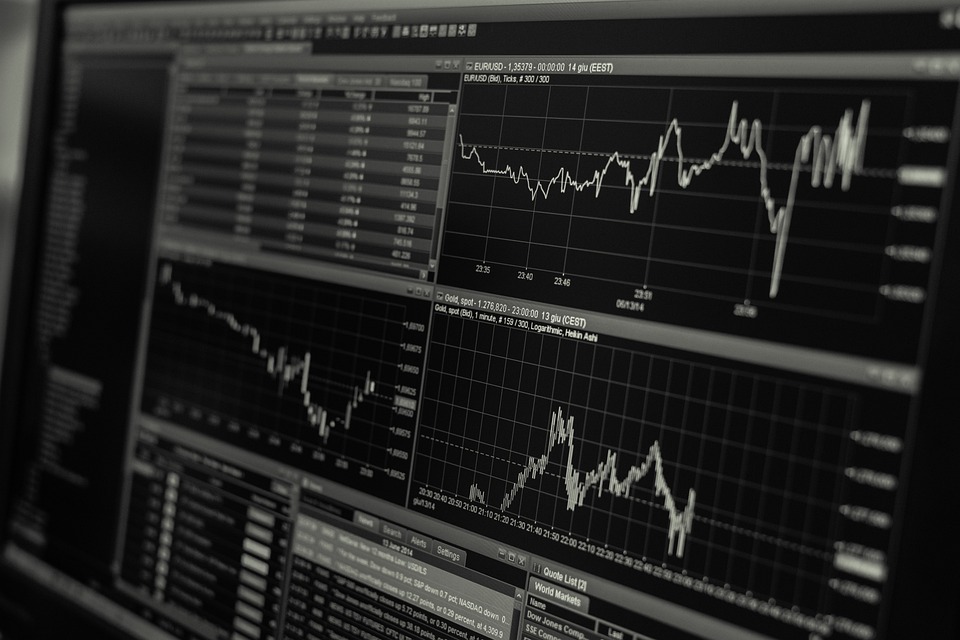Which Policy Will Succeed In Keeping Inflation In Check?

Image source: Pixabay
The post-pandemic global economy shows different approaches to keeping inflation in check, from China’s zero-tolerance COVID-19 policy to the Federal Reserve’s rapid pace of monetary tightening.
In China’s case, short-term economic recovery was held back by lockdowns in key industrial areas and inflation was most recently at the level of 2.1 percent (year-on-year for October). Bucking the global trend, the inflation rate is falling in China given that it was at the level of 2.8 percent in September year-on-year. While this might not be the intended result of the country’s public health policy, so far it has avoided the worst of inflationary pressures affecting other nations.
China’s monetary policy remains accommodative after the People’s Bank of China (PBC) expanded its private sector financing by launching a quantitative easing (QE) program. The QE drive will purchase an estimated 34.52 billion USD of private enterprises’ bonds.
Compare this to the US where the economy expanded at the end of 2021, firing up inflation and setting the scene for interest rate hikes after prices rose along with growth.
Rising inflation was exacerbated by high crude oil prices in the wake of the war in Ukraine, putting the Federal Reserve in the position of reversing its dovish course as quickly as possible. Interest rate hikes as high as 0.75 percent per month have become the new normal, but inflation still pressures the US economy and clouds an otherwise dynamic outlook after the country returned to growth in the third quarter.
Judging from the above scenarios, it comes down to the question of which bullet to bite to stop inflation from rising: slower economic growth or rising interest rates.
A third scenario is unfolding in Japan, where monetary policy remains ultra-accommodative, inflation has risen to 3 percent and there are no COVID restrictions on economic growth. Tourists are now allowed back into Japan which is expected to add around 35 billion USD to economic productivity, just the kind of injection of cash that’s needed after two years of travel volume caps.
The UK’s post-pandemic economy shows more vulnerabilities in the forms of high inflation, rising interest rates, and weaker economic growth. Tighter fiscal and monetary policies are likely to weigh on sentiment and support from the European Union is no longer an option after Brexit. On the other hand, the jobs sector is relatively robust and salaries are growing, albeit not as fast as inflation.
Europe faces high inflation rates but was slower than the US to hike interest rate guidance, meaning that interest rates are lower in the Eurozone than in the US, putting the EUR at a disadvantage compared to the USD. On the other hand, the economic bloc remains in growth territory and unemployment is relatively low.
Only time will tell which policy will be the most successful in keeping inflation in check. Each economy is unique, so one policy size doesn’t fit all, and traders should monitor developments closely as they have an impact on currency and equity markets.
More By This Author:
US Inflation Rate, Recession Fears Vs. Growth, Jobs Strength
Oil Prices Climb Ahead Of Fed Announcement
Spotlight On US GDP Growth Rate, BoJ Interest Rate Decision
Disclaimer: This material does not contain and should not be construed as containing investment advice, investment recommendations, an offer of or solicitation for any transactions in financial ...
more


